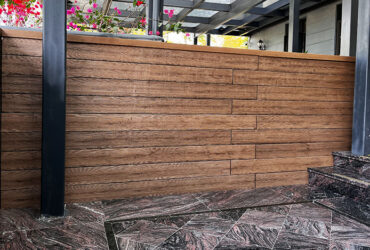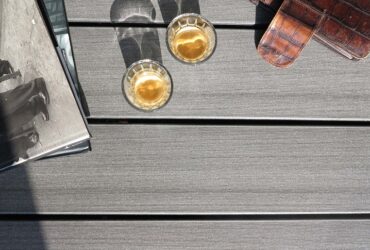Effect of Lubricants on The Properties of Wood-plastic Composites
As an emerging material, wood-plastic composite materials not only have some of the advantages of wood products and plastic products, but also can reduce environmental pollution and save resources, which is in line with my country's sustainable development policy, so it has great market development potential. Therefore, the research on wood-plastic composite materials has attracted more and more attention. The main purpose of this test is to study the effect of lubricants on the mechanical properties and processing properties of wood-plastic composites.
During the processing of wood-plastic composite materials, when the material is at high temperature, the viscosity of the melt will increase and the fluidity will become very difficult. In order to solve this problem, lubricants are often added. Lubricants are divided into two categories, external lubricants and internal lubricants. External lubricants, as the name suggests, mainly form a relatively lubricated interface on the surfaces of production machinery, molds and materials to reduce the friction between the processing machinery and materials. The main function of the internal lubricant is to promote the mixing between the plastic matrix and the wood fiber, so the selection of the internal lubricant has a lot to do with the matrix resin used. It must be able to maintain good compatibility with the resin at high temperatures. Weaken the interaction force between molecular chains, promote the movement of molecular chains, and reduce the cohesive energy between molecules in the resin.

The rational use of lubricants can not only increase the service life of various components of the processing machinery, such as barrels and screws, but also improve the production capacity of the extruder, reduce energy consumption in the extrusion process, and improve the surface finish of the product. Optimize the mechanical properties of the product.A commonly used lubricant often has dual properties of internal lubricant and external lubrication.It is just more prominent in one aspect. Some of the same lubricants will show different lubrication effects in different polymers or under different processing conditions.For example, under high temperature and high pressure, the internal lubricant will be squeezed out and become the external lubricant. There are many types of lubricants, which can be classified according to different chemical structures as follows: hydrocarbon lubricants, fatty acid lubricants, amide lubricants, ester lubricants, alcohol lubricants, metal soap lubricants, etc.

Since the polarity of the internal lubricant is low, the carbon chain is long, and the compatibility with the material is relatively small at room temperature, so the plasticization is poor and has little impact on the mechanical properties of the product;However, it has greater compatibility with materials at high temperatures, so it can play a certain plasticizing effect. Therefore, it can weaken the cohesion between molecules, making it easier for the molecular chains to slide and rotate relative to each other when the system is deformed, and improve the processing performance. The function of external lubricant is interface lubrication. The function of internal lubricant is to reduce friction between materials.




